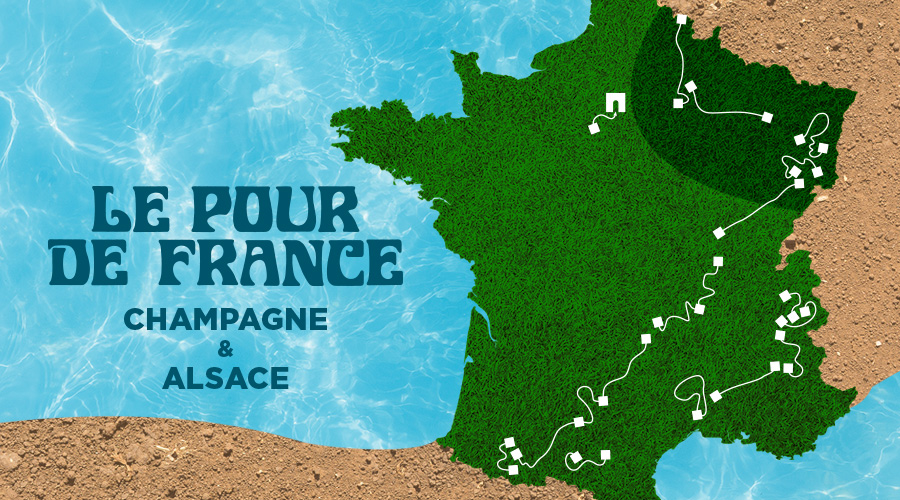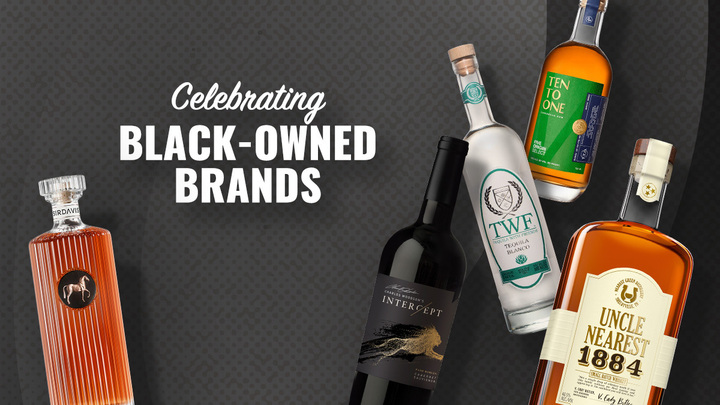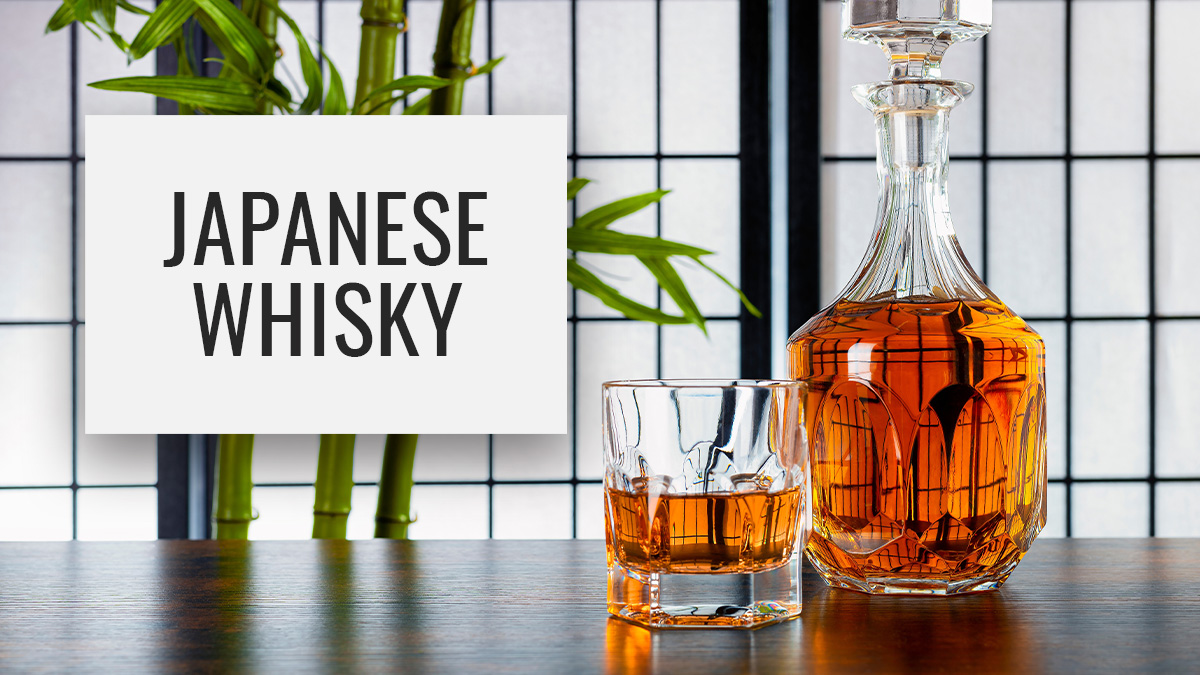
In honor of the world’s greatest bicycle race, the Tour de France, Spec’s will be taking you on a side-by-side tasting tour of the wine regions the cyclist will be riding through. We call it the Pour de France, and yes, we think it’s a clever name as well.
We’ll be taking you through 2 regions per blog and providing a little background on the area as well as some recommendations from the region. We suggest you rally your friends for a watch party and raise a glass to the vineyards the cyclists pass.
The first two stages take place in Brussels and well, we didn’t call it the Pour de Brussels so we’ll be skipping those and picking up at stage 3 where the riders first enter France.
Champagne Region
Stage 3: Monday, July 8, Binche – Epernay, 214km
Stage 4: Tuesday, July 9, Reims – Nancy, 215km
Stage 3 and 4 bring us into the heart of France’s famous Champagne region. Located about 90 miles Northeast of Pairs, the local cities of Reims and Epernay are home to 83,000 acres of vineyards that produce an average of one million bottles of Champagne a day. There are 5 main regions in Champagne:
Montagne de Reims – Mostly Pinot Noir, many tête de cuvée (the best of the best) wines from major Champagne houses come from here.
Côte des Blancs – Mostly Chardonnay. Chalk-based soils produce wine with higher acidity. Wines are elegant and racy.
Vallée de la Marne – Mostly Pinot Meunier, a grape known for its fruity and unctuous flavors.
Côte des Sézanne – Mostly Chardonnay with soils of both chalk and marl. Wines are aromatic with less acidity than Côte des Blancs.
The Aube – (aka Côte des Bar) Mostly Pinot Noir in marl soils, aromatic wines with less acidity
From The Region
Bollinger Special Cuvée
Lovely aromas and flavors of ripe black cherry and currant fruit, graphite, toast and candied Meyer lemon zest are set in this racy Champagne, with a refined, finely detailed mousse. The mouthwatering finish is long and spicy.
Taittinger Comtes de Champagne Blanc de Blancs
An intense nose develops into creamy notes of crème pâtissière and a great aromatic richness. You’ll taste a lovely structured balance with a hint of fruit-tree wood and a long-lasting, rich and complex finish with an exquisite freshness.
Duval-Leroy Brut
An evolving nose develops into a bouquet of dried fruit, gingerbread, mocha and patisserie. There is a touch of citrus on the palate, but this fruit-forward wine is lively and instantly delicious with a long, bone dry finish.
Alsace Region
Stage 5: Wednesday, July 10, Saint-Die-Des-Vosges – Colmar, 169km
Stage 6: Thursday, July 11, Mulhouse – La Planche des Belles Filles, 157km
Stages 5 and 6 take place in the Vosges Mountains in France’s Alsace region. The Alsace vineyards are sheltered by the Vosges and dotted amongst the picturesque villages that are influenced with a bit of German character. The wines of the region benefit from the one of the driest climates in France, a diverse terroir and of course the four noble grapes varieties of Riesling, Pinot Gris, Muscat, and Gewurztraminer.
From The Region
Jean-Baptiste Adam Brut Crémant d’Alsace
A nose of ripe red and yellow apples with a zealous fruit-forward fizz that intensifies the apple crispness as the vivid bubbles burst open on the palate with a light dry finish.
Frey-Sohler Blanc de Blancs Brut Crémant d’Alsace
Crisp and refreshing with a fruity fullness centered around fresh cut apples. Forward and bright with a fresh, creamy mousse and citrus tang balancing dry flavors.
Lucien Albrecht NV Brut Blanc de Blancs Crémant d’Alsace
A clean delicate nose with an attractive tang of orange zest. Vigorous ripe fruit flavors mingle within a gently creamy texture, balanced by crisp acidity and fine bubbles on the long, citrusy finish.
Tune in on July 9th to catch the second leg of our exclusive Pour de France!




